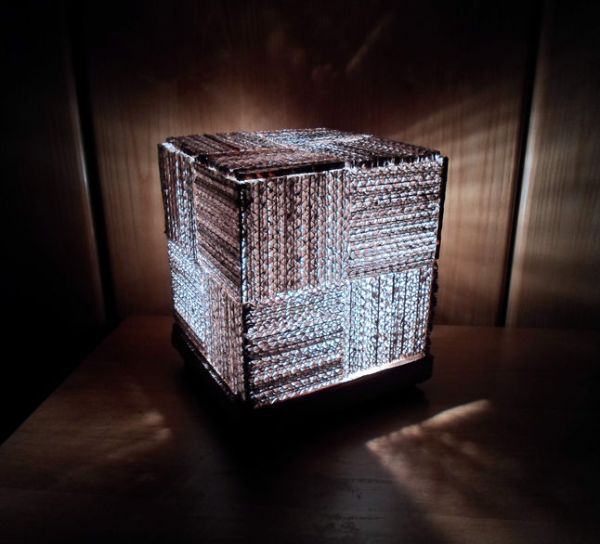While you could 3D print a lampshade, there’s something to be said for having a more active role in the process of creating an object. [THINKK Studio] has made custom lampshades as easy as riding a bike.
The Lanna Factory was inspired by the cotton ball string lamps sold by vendors in Thai flea markets. Bangkok-based [THINKK Studio] wanted to build a device to let anyone have a hand (and feet) in making a custom lampshade without any experience. Five spools of thread are routed through a “glue case” and onto a spindle holding a lampshade mold. Pedals control the wrapping speed and the location on the shade being wrapped is controlled with a hand wheel on the table.
Once the glue dries, the shade can be removed from the mold and fitted with the appropriate hardware. Giving the user control over the process means that each lampshade will be unique and the final product will mean that much more to the person who made it.
If you’re thinking this would be cooler in carbon fiber, than maybe you should checkout the X-Winder.
Continue reading “Lanna Factory Makes You Work For Your Lampshade”















